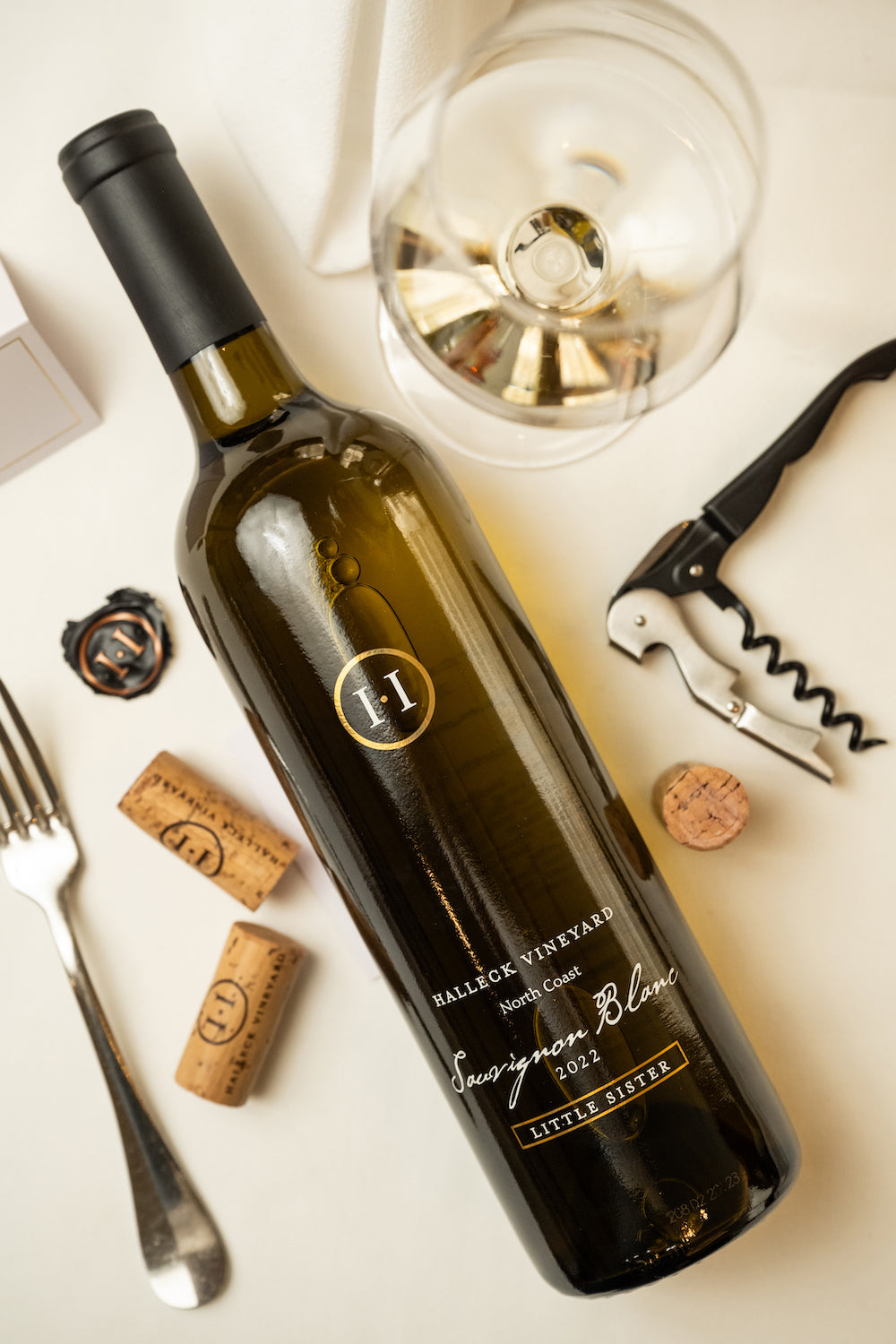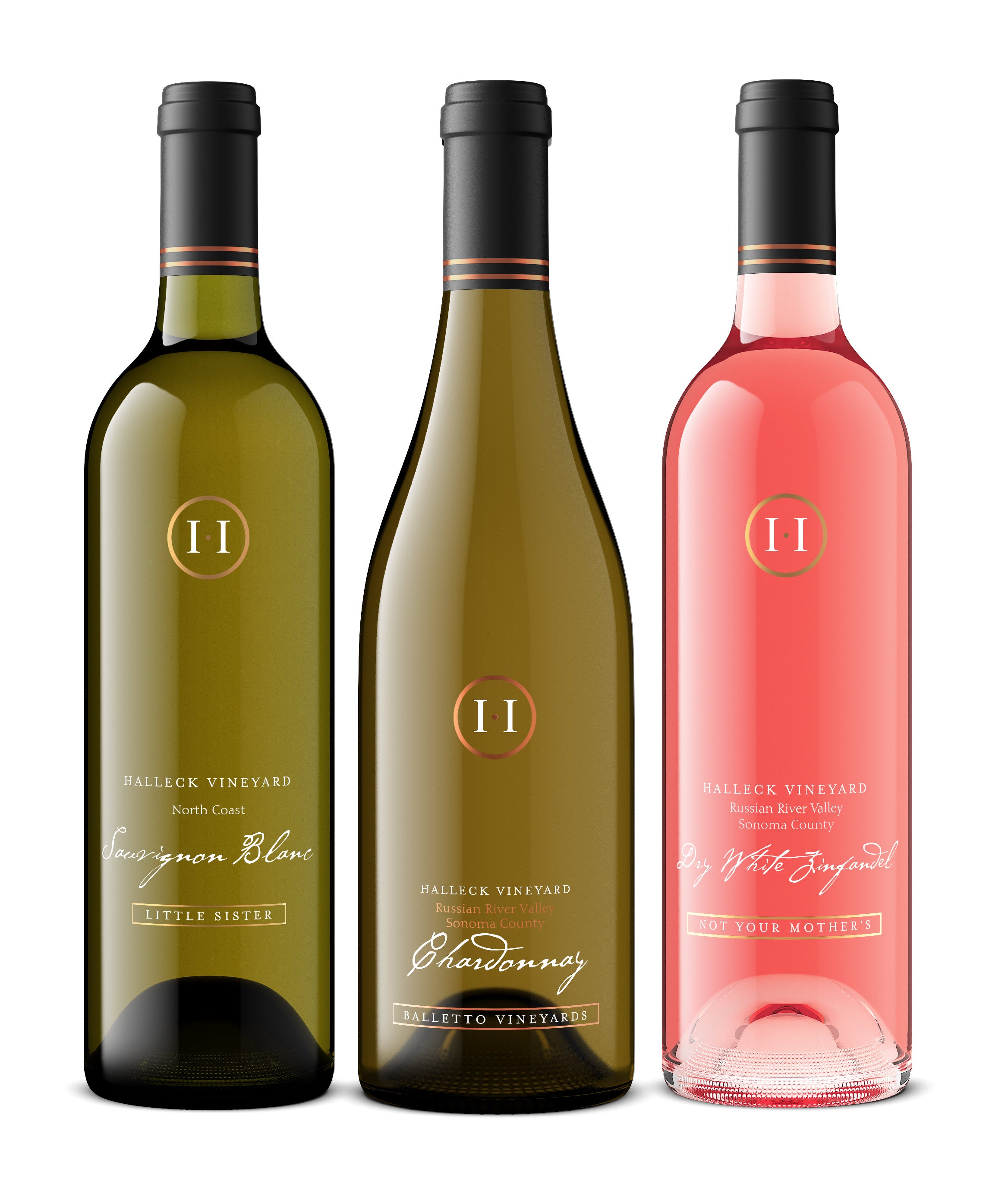Wineries Near Highway 12 - Luxury Wine Tasting In Sonoma County
Wineries Known For Their Hospitality - Wineries To Visit
Experiencing the world of wine is much more than simply tasting a beverage; it invites a sensory exploration that engages both the palate and the sense of odor. Studying about aromas and flavors in winery wine tasting can be some of the pleasant and academic activities for any wine enthusiast. Intimate Wine Tasting Experiences In Sonoma. Each glass of wine tells a narrative, influenced by the grape variety, the techniques used in its manufacturing, and the setting in which the wine is cultivated.
When attending a wine tasting at a winery, it’s essential to method the experience with an open thoughts and a willingness to engage all your senses. Your major focus will be the wine in your glass, however the context—the ambiance of the vineyard, the presentation of the wine, and the company—adds layers to the experience. Partaking with the aromas and flavors will enrich your understanding and appreciation of every selection.
Celebrated Winemakers To Discover In Sonoma - Sebastopol Wine Country Vineyards Adventure
Starting with the aromas, they're usually the first interplay that unfolds when a wine is poured. By swirling the glass gently, you introduce air, permitting the wine's volatile compounds to release. The energy of smelling wine lies in its capability to evoke recollections and emotions, making it an integral a part of the tasting procedure. It is curious how sure scents can transport us to totally different moments in time or recall sensory experiences from our previous.
Widespread descriptors like fruity, floral, spicy, or earthy could be a good start line (Artisan Wineries In Russian River Valley). A important think about recognizing these aromas lies in the individual’s capability to connect scents with experiences. For occasion, the aroma of a Sauvignon Blanc may remind considered one of freshly reduce grass or ripe gooseberries. One Other individual could concentrate on the citrus notes, perceiving hints of lemon or lime.
Once you've identified the aromas, the subsequent step is tasting. As with inhaling aromas, tasting wine involves extra than just the bodily act of sipping. When you taste the wine, let it linger in your mouth, allowing the assorted flavors to reveal themselves steadily. The first striking impression may be the level of sweetness, acidity, or tannin. As you delve deeper, you will discover layers of complexity.
Flavor profiles in wine are influenced by a number of elements, together with temperature, aging process, and the kind of barrel used during maturation. For example, oaked wines can usually introduce flavors of vanilla, toast, and spice, whereas stainless-steel-aged wines may present a crisper and cleaner style.
Wineries Known For Handcrafted Wines - Enjoying The Best Wineries In Sebastopol
As you increase your familiarity with different wine areas, learning in regards to the specific terroirs additionally plays a significant position in understanding the aromas and flavors. Terroir encompasses the environmental factors that influence a crop's phenotype, together with geography, geology, and climate. Grapes grown in cooler climates could produce wines with greater acidity and brighter fruit flavors, whereas those harvested in hotter areas typically yield fruit-forward wines with a full-bodied mouthfeel.
Participating in winery wine tastings permits you to discover blends and single varietals, deepening your appreciation for the skill involved in producing distinctive wines. Understanding that winemakers usually combine completely different grape varieties to achieve a balanced flavor profile can add curiosity to your experience. The harmonious mixing of aromas and flavors is akin to a well-composed piece of music, creating a symphony for the senses.
Wine tasting just isn't merely a monologue but a dialogue. Partaking with sommeliers or educated guides can provide useful insights that improve your understanding of what you may be tasting. They can share tales about the vineyard, manufacturing methods, and the nuances of different varietals that you would be not have considered. This interactive dimension adds to the enjoyment and facilitates a extra enriching experience.
Wineries Near Highway 12 - Sonoma Wine Tasting Spots
While the technicality of wine tasting can appear overwhelming, it usually helps to maintain an open demeanor when assessing aromas and flavors. Each person’s palate and sense of odor are distinctive. Thus, there is not any ‘right’ or ‘wrong’ reply when figuring out scents and tastes. Being snug with your personal interpretations fosters a enjoyable and relaxed ambiance conducive to learning.
Collaborating in tastings throughout various wineries can create a broader understanding of various styles and preferences. Related grapes from different regions can portray contrasting flavors as a outcome of variations in soil, climate, and winemaking techniques. Touring to vineyards, assembly local producers, and sampling their wines can provide an intimate glimpse into the artistry involved within the winemaking course of.

The pairing of wine with food is another exciting dimension to discover. Understanding how the flavors in food can work together with the wine to either complement or contrast with one another is a skill price developing. A good rule of thumb is to contemplate the burden and intensity of the dish. For instance, a daring Cabernet Sauvignon is commonly a classic selection for wealthy, meaty dishes, whereas a lightweight Pinot Grigio may pair wonderfully with recent salads or seafood.
Conversations round wine are enriched by studying about current events in the wine industry. Sustainable practices, organic farming, and advances in winemaking can form the flavors and aromas of future vintages. Partaking with these matters throughout tastings opens discussions about evolution and innovation in the field.
Interactive Wine Tasting Experiences In Sonoma - Sonoma Valley Vineyards And Wine Tasting
In conclusion, the journey of learning about aromas and flavors in winery wine tasting is a multilayered experience. By using all of the senses, being open to new interpretations, and collaborating in discussions, each particular person can improve their connection to wine. The nuances of taste, intertwined with personal experiences and environmental influences, create a complex but stunning world that awaits exploration. As you continue to savor each glass, do not neglect that the aromas and flavors inform a story that is ever-evolving, very related to the winery from which they originate.
- Exploring the relationship between the grape selection and the distinct aromas and flavors it produces within the final wine can improve the tasting experience.
- Noting the affect of terroir, including soil composition and local weather, helps to know how these factors contribute to the distinctive profile of every wine.
- Engaging the senses by figuring out scents similar to fruit, floral, or herbal notes provides depth to tasting notes and assists in creating a more refined palate.
- The fermentation and growing older processes can drastically alter the aromatic and flavor traits, providing perception into the winemaking techniques employed.
- Pairing wines with particular foods throughout tasting can illuminate how flavors interact, enhancing each the wine and the dish through complementary or contrasting profiles.
- Taking Part in guided tastings led by knowledgeable sommeliers can deepen understanding of wine complexity and promote appreciation of subtle nuances.
- Training aroma recognition with scent kits allows tasters to coach their noses, improving the flexibility to discern and articulate numerous perfume notes found in wines.
- Documenting personal tasting notes may help to track preferences over time and facilitate conversations with trade professionals about individual wine journeys.
- Understanding how decanting and aeration can impression the aromatic profile and flavor launch of a wine can elevate the tasting experience to new heights.
- Learning concerning the impact of vintage variations on wine character allows enthusiasts to understand how weather situations influence aroma and style 12 months after yr.
What are the first aromas and flavors I should anticipate in winery wine tastings?

In winery wine tastings, you'll be able to sometimes expect to establish numerous primary aromas corresponding to fruits (citrus, berries, stone fruits), floral notes, and typically earthy or herbal scents. Flavors usually mirror these aromas and can vary from sweet to tart, with extra complexity from oak growing older or fermentation characteristics.
Wineries Known For Their Hospitality - Sonoma’s Lush Vineyard Landscapes
How can I improve my capability to determine totally different aromas in wine?
To enhance your ability to identify aromas in wine, practice smelling various foods and spices to create a psychological library of scents. Contemplate investing time in aroma kits designed for wine tasting, as they may help you study and recognize specific notes navigate here often found in numerous wines.
What techniques can I use for a extra pleasant wine tasting experience?
Start by observing the wine’s shade and readability, then gently swirl it to release aromas earlier than taking a deep sniff. Take small sips to determine flavors and consider assessing the wine's end or aftertaste. Sharing your thoughts with others at the tasting can also enhance your experience.
Wineries With Estate-Grown Grapes - Sonoma Wine Tasting Spots
Is it essential to have prior information of wine to take pleasure in a winery tasting?
No prior information is important to take pleasure in a winery tasting. Many wineries supply guided tastings that provide background information on the wines being sampled. Feel free to ask questions and express your opinions—this engagement will enhance your studying experience.
Why do some wines have extra complicated aromas and flavors than others?
(Artisan Wineries In Russian River Valley)
Wineries With Unique Gamay Wines - Enjoying Wine In Sebastopol
Wines with extra advanced aromas and flavors often take pleasure in components such as grape selection, winery location, climate, and winemaking techniques. Additionally, the growing older course of can introduce new layers of complexity, allowing wines to develop unique traits over time.
What ought to I do if I struggle to identify specific aromas in wine?
Cultural Wine Experiences In Sonoma County - Wine Tasting And Vineyards In Sonoma
If you wrestle to identify particular aromas, don’t be discouraged. Take your time and concentrate on broader classes of scents before narrowing down your observations. Working Towards frequently, asking for feedback, and utilizing aroma wheels or reference materials also can help enhance your skills.
How does food pairing influence the aromas and flavors of wine throughout tastings?
Wineries Offering Virtual Wine Tastings - Sonoma County Wine Tasting Locations
Food can considerably Go Here influence how you understand aromas and flavors in wine. Sure meals can enhance or mute specific taste traits, resulting in totally different experiences. Experimenting with numerous food pairings during a tasting can deepen your understanding of a wine’s profile.
Are there any etiquette tips I ought to observe when collaborating in a winery tasting?
Unique Wine And Food Pairings In Sonoma - Sebastopol Vineyard Experiences
Yes! Etiquette throughout a winery tasting contains being respectful to guides and workers, taking small sips, and never overpowering the conversation with personal opinions. It’s additionally courteous to complete your samples somewhat than pouring extra out, and remember to thank the workers for his or her insights.
What is the distinction between a wine's aroma and its bouquet?
Wine aroma usually refers again to the scents derived immediately from the grape varietals used, whereas bouquet refers to the complicated aromas developed through the growing older process, particularly in barrel. Understanding this distinction can enhance your appreciation for various features of wine tasting.